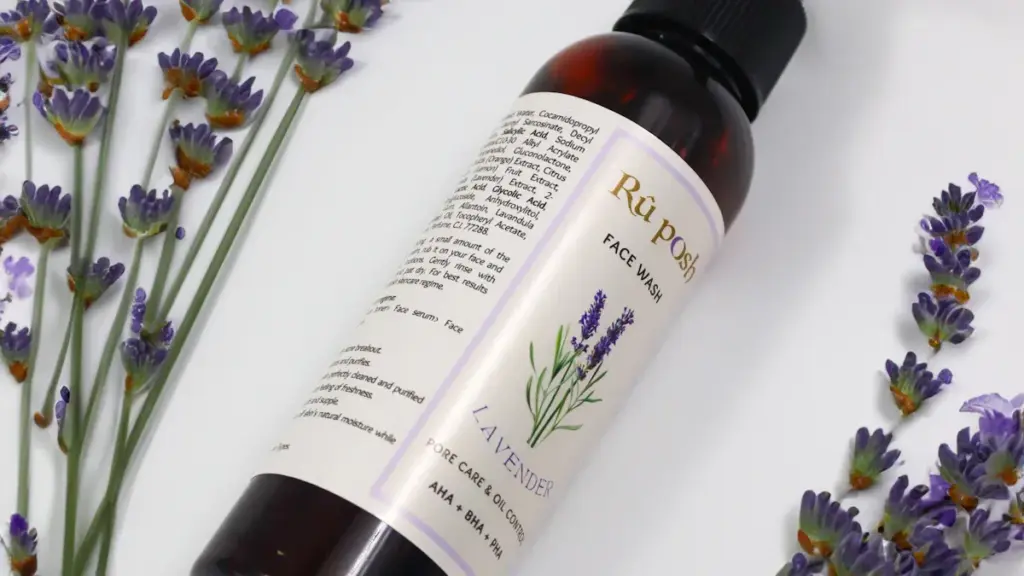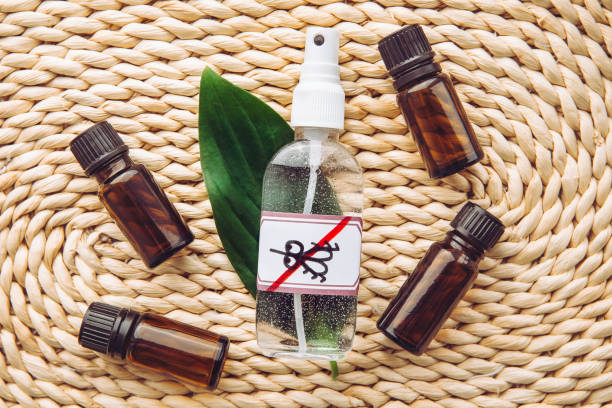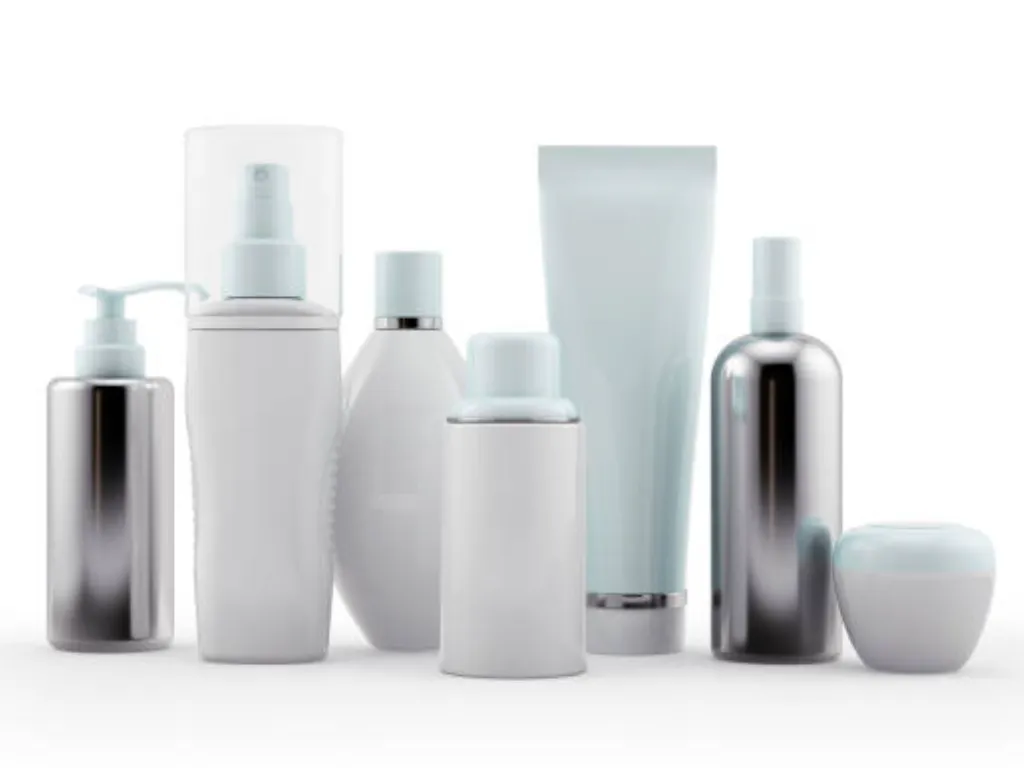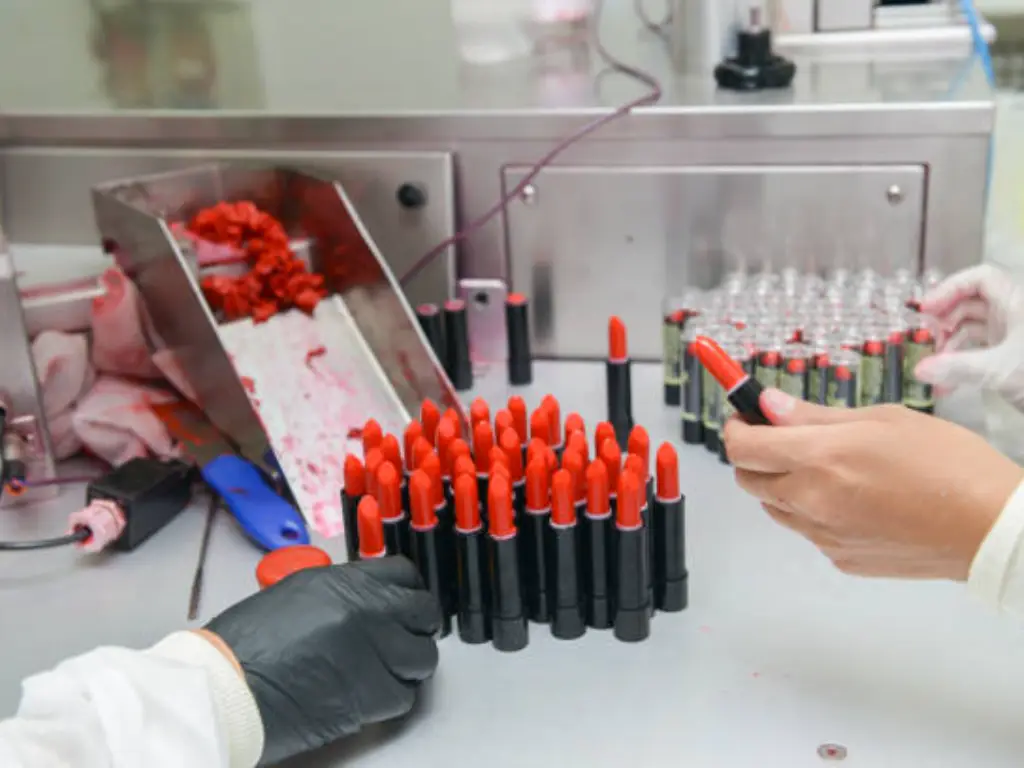Summer fun can disappear with the buzz of mosquitoes. But how does that little spray you rely on actually come to life? Inside a mosquito repellent factory, raw ingredients turn into sprays, lotions, and aerosols through a blend of science and smart production.
In this article, we’ll walk you through the process, show how osquito repellents work, and reveal what makes some repellents stand out—helping you choose the best one for home or bulk use.
How Mosquito Repellent Is Formulated: Science Behind the Protection
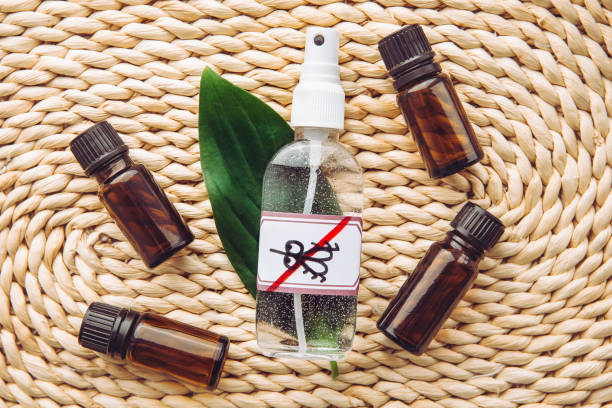
Active Ingredients and Protection Duration
The effectiveness of mosquito repellents depends on the active ingredient. DEET, picaridin, IR3535, and oil of lemon eucalyptus provide different protection times, typically ranging from 2 to 8 hours. Each ingredient interacts differently with mosquito sensory systems, so the concentration and choice determine how reliably the spray prevents bites in various environments.
Solvents, Stabilizers, and Product Performance
Solvents and stabilizers in mosquito repellents ensure that active ingredients remain effective and safe for skin. They affect evaporation rate, texture, and shelf stability. A well-formulated spray delivers consistent performance while feeling comfortable, non-greasy, and odor-neutral, which is essential for regular use in hot or humid conditions.
Skin Safety and Consumer Comfort
Safety testing ensures repellents do not irritate skin or trigger allergies. User comfort is equally important, as sticky or strong-smelling formulas reduce consumer acceptance. High-quality repellents combine efficacy with a light, pleasant feel, allowing reliable protection without compromising the skin experience or long-term use in daily or outdoor scenarios.
Key Ingredients Used in Mosquito Repellents and Their Safety Profiles
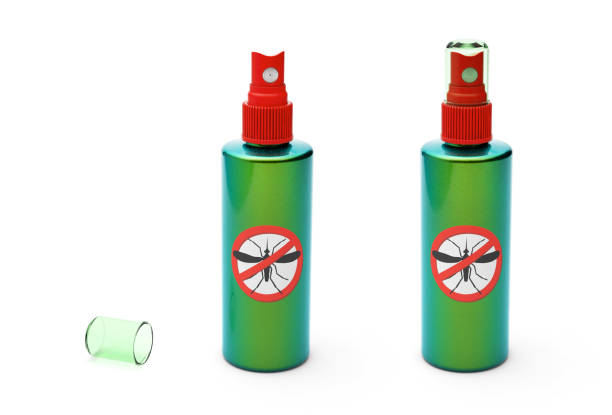
DEET (N, N-Diethyl-meta-toluamide)
- Protection: Up to 8 hours depending on concentration (5%–30%)
- Mechanism: Disrupts mosquito olfactory receptors that detect carbon dioxide and human skin odors, making it harder for mosquitoes to locate hosts. Efficacy varies with temperature, humidity, and mosquito species.
- Safety: Safe for adults and children over two months when applied according to instructions
- Professional Tip: Consider the concentration that matches your exposure risk and environment; higher concentration extends protection but may affect comfort
Picaridin (Icaridin)
- Protection: Comparable to DEET, typically 6–8 hours
- Mechanism: Masks host cues and interferes with mosquito sensory neurons, reducing attraction. Unlike DEET, it does not react with plastics or fabrics. Performance can vary with sweat, water exposure, and high heat.
- Safety: Non-greasy, odorless, and well-tolerated on sensitive skin
- Professional Tip: Choose Picaridin for long-lasting protection with minimal skin irritation, especially in humid climates
Oil of Lemon Eucalyptus (OLE)
- Protection: Moderate, usually 2–4 hours
- Mechanism: Contains PMD (para-menthane-3,8-diol), which activates mosquito chemoreceptors to repel mosquitoes. Effectiveness depends on formulation stability, concentration, and evaporation rate. Shorter duration than chemical repellents requires reapplication.
- Safety: Recognized as safe and suitable for eco-conscious users
- Professional Tip: Use OLE for short-duration or eco-friendly applications, ensuring correct storage to maintain potency
IR3535 (Ethyl butylacetylaminopropionate)
- Protection: Moderate, suitable for lower-risk areas
- Mechanism: Interferes with mosquito olfactory receptors, reducing landing and biting rates. Low volatility provides a gentle, lasting effect without a strong odor. Effectiveness is influenced by humidity and skin moisture.
- Safety: Suitable for children and sensitive skin populations
- Professional Tip: Evaluate IR3535 for frequent use or sensitive skin, considering environmental and exposure duration
Step-by-Step Mosquito Repellent Manufacturing Process

Raw Material Selection and Testing
Every mosquito repellent manufacturer sources active ingredients, solvents, and skin conditioners from certified suppliers. Each batch is tested for purity, potency, and consistency to prevent contamination that can harm efficacy or cause irritation. When you assess a supplier, check if they run strict raw material verification programs.
Mixing and Formulation
In stainless-steel tanks, active ingredients are measured and blended under controlled temperature and speed. Heat-sensitive components like OLE need careful handling to protect chemical integrity. Proper mixing ensures uniform protection in every bottle. Poor blending often leads to uneven repellency or shorter shelf life in mosquito repellent manufacturing.
Quality Control Checks
Samples are tested for pH, viscosity, concentration, and stability before packaging. Repellency is also checked on fabrics or synthetic skin to simulate real-world use. Look for a mosquito spray manufacturer combining lab and field tests; it signals a focus on consistent performance.
Packaging and Bottling
Automated lines fill thousands of bottles per hour under strict supervision. Labels are checked for accuracy and compliance, and spray nozzles are tested for even misting. Packaging safeguards product stability and affects user experience. A good bottle should spray smoothly without leaks, especially for mosquito repellent spray wholesale products.
Final Inspection and Distribution
Random batch audits verify safety, labeling, and storage conditions before shipment. Production cycles usually take seven to fourteen days, depending on batch size and testing. Bulk mosquito spray buyers should ask if their supplier maintains thorough final inspections to ensure reliability in wholesale mosquito repellent markets.
This step-by-step process ensures that whether it’s a bulk mosquito spray or a small bottle, the final product works reliably to keep mosquitoes away.
How to Choose a Reliable Mosquito Repellent Manufacturer
In-House R&D and Technical Expertise
A professional Chinese mosquito repellent producer invests in R&D labs and skilled teams to create tailored formulas, adapt to climates, and run safety tests. Advanced methods secure ingredient stability and performance. When you evaluate suppliers, see if they can innovate and adjust formulations to meet regulations and consumer needs.
Compliance, Certifications, and Quality Assurance
A trustworthy China anti-mosquito spray manufacturer follows GMP standards and international safety rules. Export approvals like EPA, CE, or ISO are vital. Quality checks include batch testing and audits. If you’re sourcing products, verify these certifications to ensure the repellent you choose is safe, consistent, and market-ready.
Production Capacity, Flexibility, and Private Label Support
Production scale shapes a manufacturer’s ability to meet seasonal demand and custom orders. A leading Chinese mosquito insecticide spray manufacturer also offers private label services with custom bottles and labels. Efficient production with strict quality control supports timely delivery. When choosing, favor suppliers that combine capacity, compliance, and branding support.
Final Thoughts
Mosquitoes can be a real nuisance, but with the right products from trusted mosquito repellent manufacturers in China, you can stay safe and comfortable. Whether for personal use or bulk orders, choosing reliable suppliers ensures quality, effectiveness, and peace of mind.
Ready to stock up on high-quality mosquito repellent? Visit Oully for reliable products and hassle-free orders.
FAQs
1. Can I make my own mosquito repellent?
Yes, you can! Many people use natural options like citronella, lemon eucalyptus, or lavender essential oil mixed with water or a carrier oil. Just remember, homemade sprays usually don’t last as long as store-bought ones.
2. What are the raw materials for mosquito repellent?
The most common ingredients are DEET and picaridin, while natural products often use oils such as citronella, neem, or lemon eucalyptus. These act as the active substances that keep mosquitoes away.
3. Which gender of mosquitoes buzzes?
Both male and female mosquitoes make that buzzing sound, but it’s usually the females you notice more—since they’re the ones that bite.
4. What smell do mosquitoes hate the most?
Citronella tops the list, and mosquitoes also dislike peppermint, lavender, and eucalyptus. Many of the best plants to repel mosquitoes carry these scents, making them a simple natural way to keep pests away.
5. Which country is known as no mosquitoes?
Iceland is often called “mosquito-free” because its cool, unstable climate doesn’t allow mosquitoes to survive or breed.


